The Eight-Thousanders: Testing the limits of human endurance & courage

The world's 8000-meter peaks stand as monumental challenges, testing the limits of human endurance and courage. From the formidable slopes of Everest to the icy faces of K2, these giants of the Earth have beckoned adventurers and explorers for decades, each summit marking a triumph of human spirit. Among those who have dared to scale these lofty heights are several remarkable Indian mountaineers, whose stories of perseverance, skill, and determination inspire awe and admiration.
Their achievements not only showcase India's growing presence in the global mountaineering community but also underscore the indomitable spirit that propels individuals to conquer the highest summits on the planet. Join us as we delve into the journeys of these extraordinary climbers and celebrate their remarkable feats on some of the world's most challenging peaks.
Mount Everest, standing at 8,848.86 meters, is the highest peak on Earth and a symbol of mountaineering prowess, attracting thousands of climbers annually. Its first ascent by Sir Edmund Hillary and Tenzing Norgay in 1953 marked a monumental achievement. Neighboring Everest, Lhotse stands at 8,516 meters, and is often climbed in conjunction with Everest expeditions, known for its dramatic South Face.
K2, known as the "Savage Mountain," is the second highest at 8,611 meters and presents extreme difficulty due to its unpredictable weather and technical challenges. Climbing K2 is considered one of the most formidable challenges in mountaineering.
Kangchenjunga, the third highest at 8,586 meters, is revered by locals, and climbers traditionally stop short of the summit to honor its sacred status. This mountain holds a special place in the hearts of many due to its spiritual significance and stunning beauty.
Makalu, at 8,485 meters, is an isolated peak with a perfect pyramid shape, posing technical routes that challenge even experienced climbers. Its unique shape and challenging terrain make it a standout among the 8000ers.
Cho Oyu, at 8,188 meters, is considered the easiest of the eight-thousanders, making it a popular choice for those aiming for their first 8,000-meter peak. Its accessibility and relatively straightforward routes attract many climbers seeking to break into high-altitude mountaineering.
Dhaulagiri I, standing at 8,167 meters, is known as the "White Mountain," distinguished by its stunning west face. It was the last of the 8000ers to be climbed, adding to its allure and mystique.
Manaslu, at 8,163 meters, often referred to as the "Mountain of Spirit," offers remote and challenging terrain, a favorite among experienced climbers. Its name, which means "Mountain of the Spirit," speaks to the profound experience it offers to those who attempt its ascent.
Nanga Parbat, at 8,126 meters, known as the "Killer Mountain," has the highest mountain face in the world, the Rupal Face, presenting a daunting challenge. Its reputation for danger and difficulty makes it a coveted yet feared objective.
Annapurna I, at 8,091 meters, holds the highest fatality rate among the 8000ers due to frequent avalanches and difficult climbing conditions. This mountain is notorious for its perilous conditions, making any successful ascent a significant achievement.
Gasherbrum I, also known as Hidden Peak, at 8,080 meters, is part of the Gasherbrum massif and is famed for its challenging yet rewarding climbs. The name Hidden Peak hints at the mysterious and elusive nature of this mountain.
Broad Peak, standing at 8,051 meters, offers climbers a less crowded yet equally majestic alternative to K2, with breathtaking views. Its wide summit plateau provides a unique climbing experience compared to the sharper peaks of the Karakoram range.
Gasherbrum II, at 8,035 meters, known for its relative ease compared to its neighbors, still requires technical climbing skills, offering a thrilling experience. Despite being considered one of the "easier" 8000ers, it remains a serious and rewarding challenge.
Shishapangma, at 8,027 meters, is the lowest of the 8000ers but remains a significant challenge, known for its beautiful, remote setting and less trafficked routes. Its serene location and relative isolation offer a different kind of climbing adventure.
Climbing these 14 eight-thousanders is a monumental achievement, requiring not only physical strength and technical skills but also mental fortitude and resilience. These peaks have claimed many lives and continue to stand as the ultimate test for those daring enough to challenge their heights. The stories of these majestic giants continue to inspire and captivate, symbolizing the relentless pursuit of adventure and the enduring spirit of mountaineering.
India has a rich history of exploration and achievement on the world's 8000-meter peaks, particularly in the Himalayas. The country's legacy began with the first Indian team, led by Capt. M.S. Kohli, which successfully summited Everest in 1965. This spirit of adventure continues with notable climbers like Priyanka Mohite and Baljeet Kaur, who have both scaled five 8000-meter peaks by 2022. These mountaineers, among others, have made significant contributions to India's mountaineering heritage through their daring and record-breaking feats.
Col. Narendra Kumar and Kanhaya Lal Pokhriyal have also contributed significantly to India's climbing heritage. Kumar's expeditions have been instrumental in mapping and exploring some of the most challenging terrains in the Himalayas, while Pokhriyal's achievements include several high-altitude summits, showcasing the depth of talent in Indian mountaineering.
Chhering Norbu Bodh and Jyoti Ratre have also made significant strides in the high-altitude mountaineering community. Bodh has summited Everest and several other notable peaks, contributing to the growing representation of Indian climbers in the international mountaineering arena. Jyoti Ratre, with her inspiring achievements, has also summited Everest, exemplifying the increasing involvement of women in high-altitude climbing.
Savita Kanswal, an inspiring figure for many, set a national record by climbing Mount Everest and Mount Makalu within a span of 15 days. Tragically, she lost her life in a mountaineering mishap in 2022 and was posthumously bestowed the Tenzing Norgay Adventure Award.
Col. Ranveer Jamwal, another prominent figure in Indian mountaineering, has made significant strides with multiple ascents of Everest and other challenging peaks. As of recent years, Jamwal has been involved in training and mentoring the next generation of mountaineers, passing on his invaluable experience and knowledge. He has also received the Tenzing Norgay National Adventure Award for his outstanding contributions to mountaineering and adventure sports. His dedication to the sport and commitment to fostering a strong climbing culture in India are truly commendable.
Kaamya Karthikeyan, a remarkable young achiever who has proven that age is no barrier to dreaming big and reaching extraordinary heights. At just 17, she made history as the youngest female in the world to complete the coveted Seven Summits, summiting the highest peaks across all seven continents and securing her place among the elite mountaineers who have completed this prestigious challenge. In 2024, she also became the youngest Indian and the second youngest female globally to summit Mount Everest from the Nepal side. Kaamya’s incredible accomplishments have ignited a renewed passion for mountaineering, particularly among young Indians, and her future ventures are sure to be followed with great anticipation.
Sonam Gyatso, Kuntal Joisher, and Love Raj Singh Dharmshaktu are other prominent names who have left their mark on the mountaineering world. Gyatso, a veteran climber, has numerous summits under his belt, contributing significantly to Himalayan mountaineering. Joisher, known for his vegan lifestyle, has combined his climbing feats with advocacy for ethical living, becoming the first vegan to summit Everest. Dharmshaktu, a recipient of the Padma Shri, has summited Everest multiple times, symbolizing the pinnacle of Indian mountaineering excellence.
Dipankar Ghosh, a celebrated mountaineer, tragically passed away during an expedition on Makalu in 2019. His legacy, however, lives on through his numerous accomplishments, including summiting Everest and several other 8000-meter peaks. Ghosh's contributions to the mountaineering community extend beyond his climbs, as he actively engaged in promoting mountaineering as a sport in India. His passion for the mountains and dedication to the sport continue to inspire many.
Arjun Vajpai, one of the youngest to summit Everest, has also climbed several other 8000ers, showcasing his remarkable talent and determination. At just 16, he became the youngest Indian to summit Everest in 2010 and has since climbed peaks like Lhotse, Makalu, and Kangchenjunga, continuously pushing the boundaries of youth and high-altitude climbing.
Giripremi, based in Pune, has made notable achievements, including summiting several eight-thousanders, fostering a strong climbing culture in India. Their collective efforts have brought attention to India's mountaineering potential and have inspired many budding climbers.
Malavath Poorna, one of the youngest girls to summit Everest at just 13 years old, has become an inspiration for young climbers everywhere, proving that age and background are no barriers to achieving great heights. Her ascent is a testament to the limitless potential of determination and courage.
These climbers are just a few of the many who, with their extraordinary achievements, embody the spirit of adventure and resilience. They continue to push the limits of human endurance, adding their stories to the rich tapestry of high-altitude mountaineering. Their journeys are a testament to the enduring allure and formidable challenge of the world's highest peaks, inspiring future generations to pursue their own dreams of climbing the giants.
It would be remiss to discuss India's 8,000-metre expeditions without recognising the significant contributions of the Indian Armed Forces and Mountaineering Institutes. Over the years, various branches of the armed forces and specialised agencies have undertaken expeditions to 8,000-metre peaks, with a primary focus on training and enhancing operational readiness in extreme high-altitude environments. These expeditions are designed to refine mountaineering skills, improve rescue techniques, and boost the physical and mental endurance of personnel.
The Indian Army, Indo-Tibetan Border Police (ITBP), and Border Security Force (BSF) have scaled formidable peaks like Mount Everest, Lhotse, Makalu, and Kanchenjunga to bolster their high-altitude capabilities. The Indian Air Force (IAF) has successfully reached the summit of Mount Everest, including an all-women team, and has also scaled Mount Dhaulagiri above 8,000 metres. The Indian Navy accomplished its first Mount Everest North Face Expedition, while the National Security Guard (NSG) ascended Everest to build operational endurance. The State Disaster Response Force (SDRF) has summited Mount Everest multiple times for disaster management training, while the National Disaster Response Force (NDRF) uses high-altitude expeditions to prepare for rescue operations in challenging terrains. Various Central Armed Police Forces (CAPFs), such as the Central Reserve Police Force (CRPF), Central Industrial Security Force (CISF), Sashastra Seema Bal (SSB), ITBP and BSF, have participated in joint expeditions to promote teamwork and camaraderie. Additionally, Oil and Natural Gas Corporation (ONGC) sent the first corporate team to Mount Everest as part of their Human Resource initiative. These expeditions focus on building teamwork, resilience, and skills essential for military and rescue operations in extreme environments.
In India, several Mountaineering Institutes play a key role in training individuals for expeditions while fostering a spirit of adventure and physical resilience. These institutes also actively engage in high-altitude expeditions. The Indian Mountaineering Foundation (IMF) is the apex body for mountaineering in India, offering various training programmes and facilitating high-altitude expeditions. The National Institute of Mountaineering and Adventure Sports (NIMAS) in Arunachal Pradesh is well-regarded for its expertise in high-altitude training and adventure sports. The Nehru Institute of Mountaineering (NIM) in Uttarakhand, a pioneer in mountaineering education, offers comprehensive training with a focus on safety and environmental ethics. The Himalayan Mountaineering Institute (HMI) in Darjeeling, established with guidance from Tenzing Norgay, offers a variety of adventure courses. The Jawahar Institute of Mountaineering & Winter Sports (JIM&WS) in Pahalgam specialises in winter sports and snowcraft, while the Atal Bihari Vajpayee Institute of Mountaineering and Allied Sports (ABVIMAS) in Manali provides modern facilities for mountaineering and river rafting courses. The Indian Himalayan Centre for Adventure & Ecotourism (IHCAE) focuses on mountaineering and high-altitude rescue operations to prepare personnel for Himalayan challenges. These institutes not only enhance the readiness of military and police forces for high-altitude operations but also promote mountaineering as a sport and profession, significantly contributing to India’s mountaineering prowess.



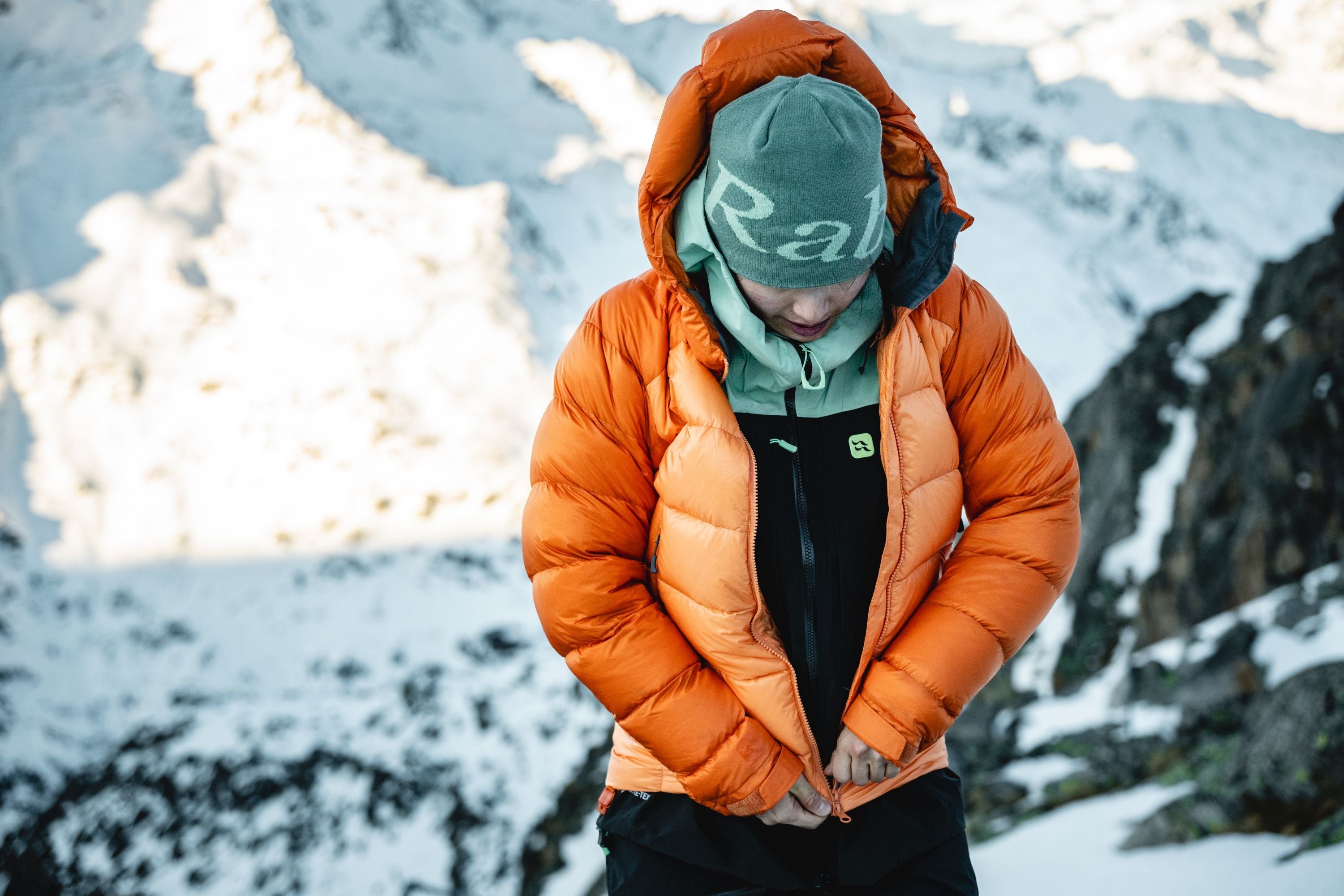

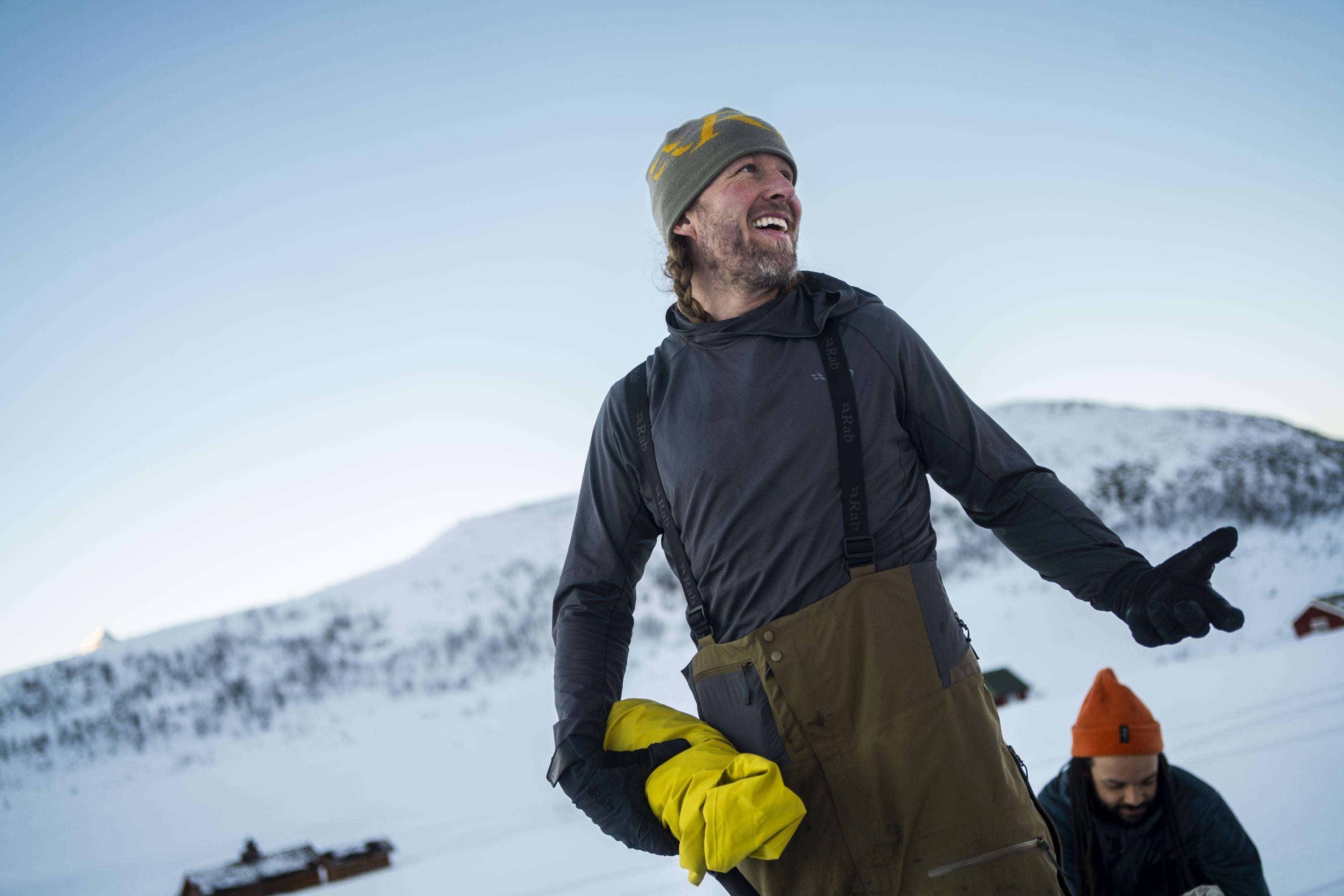
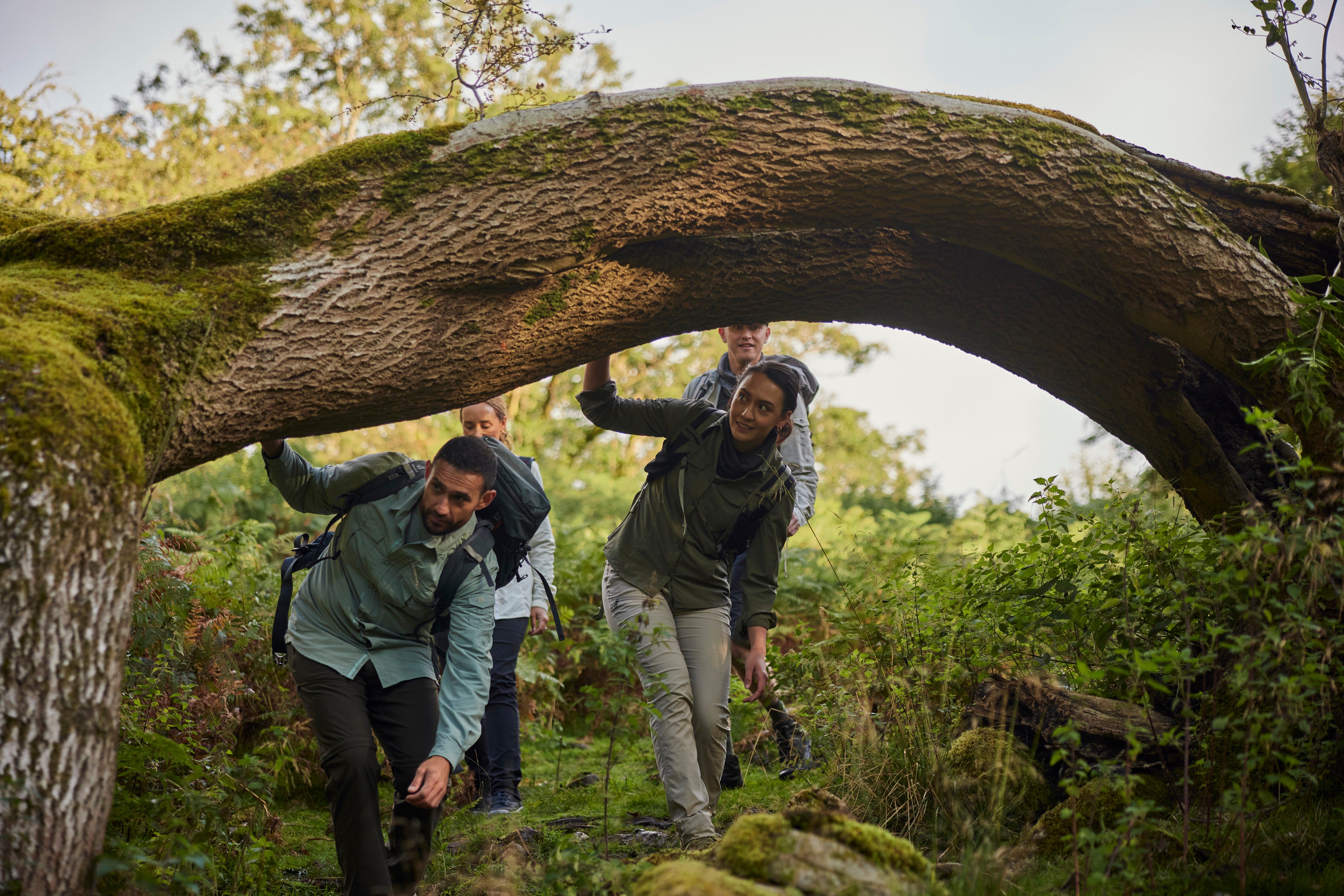
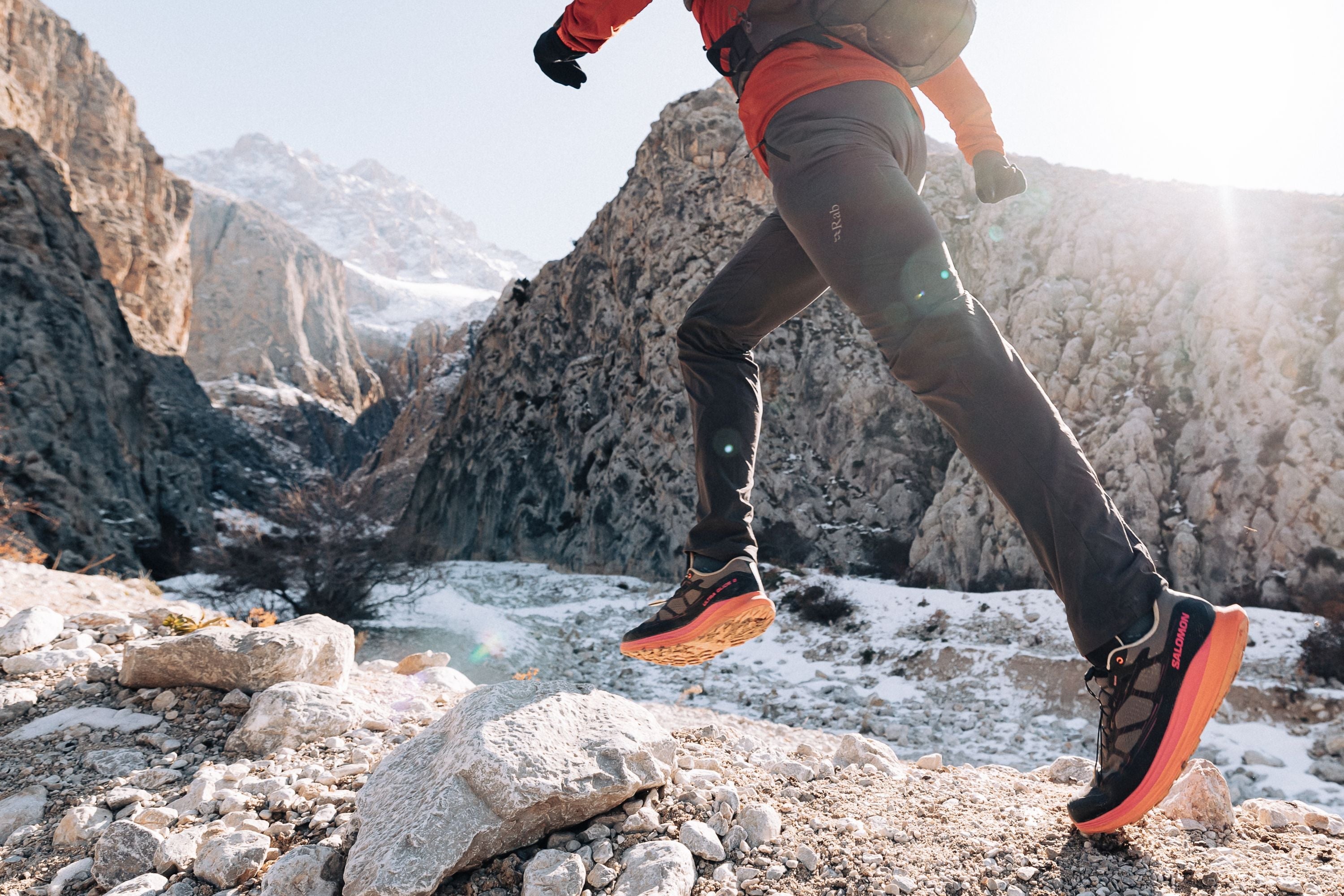
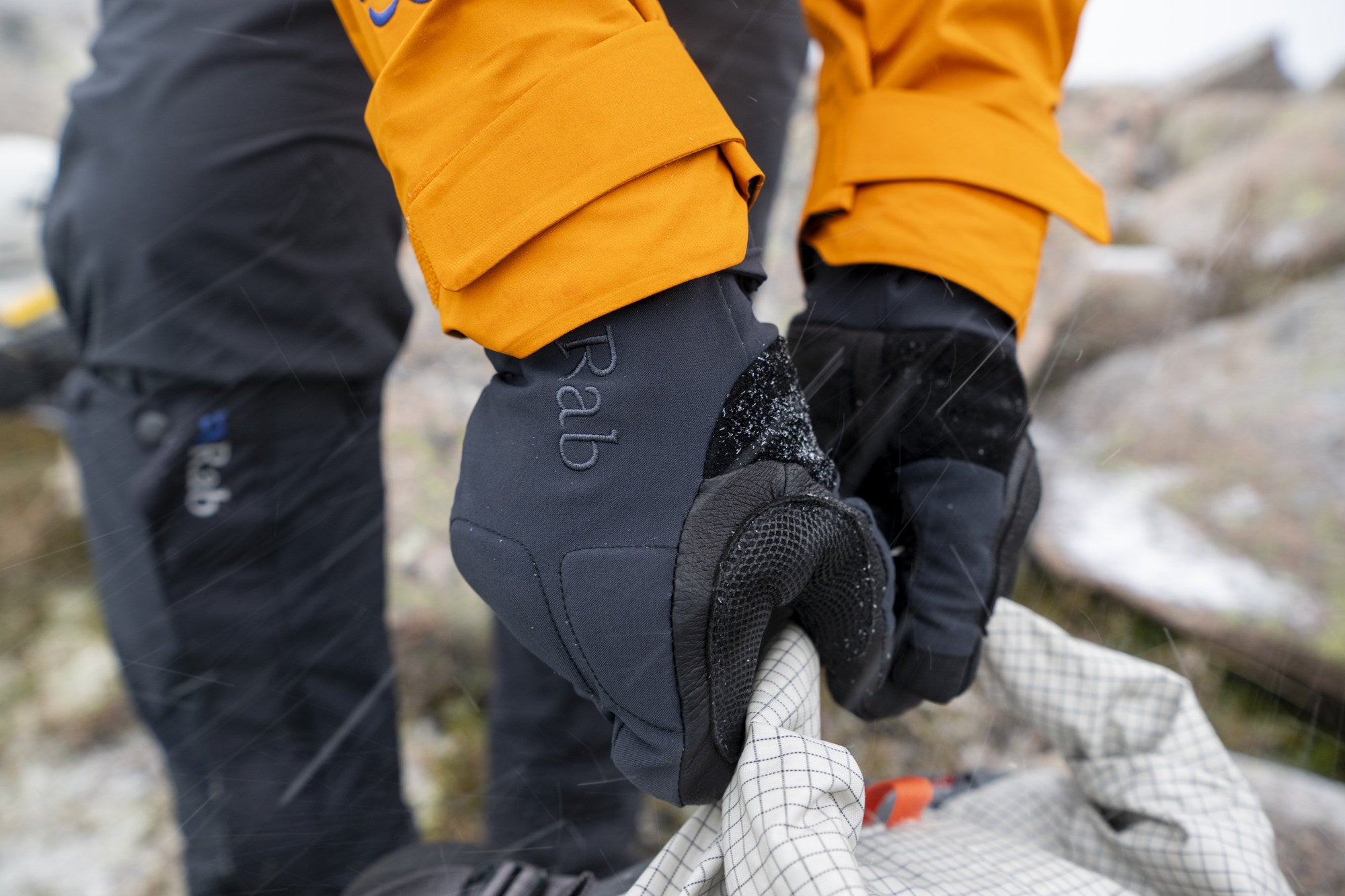
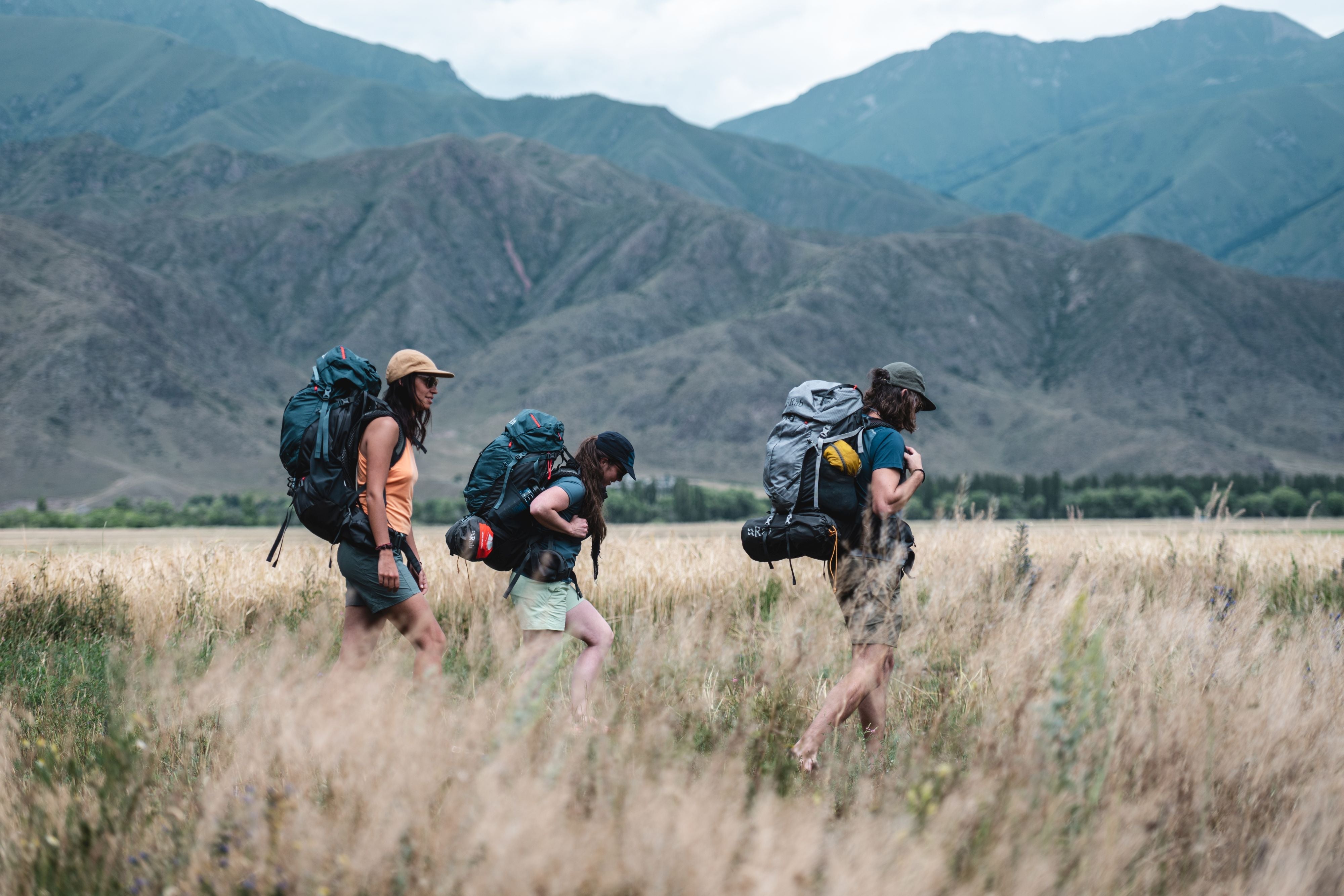
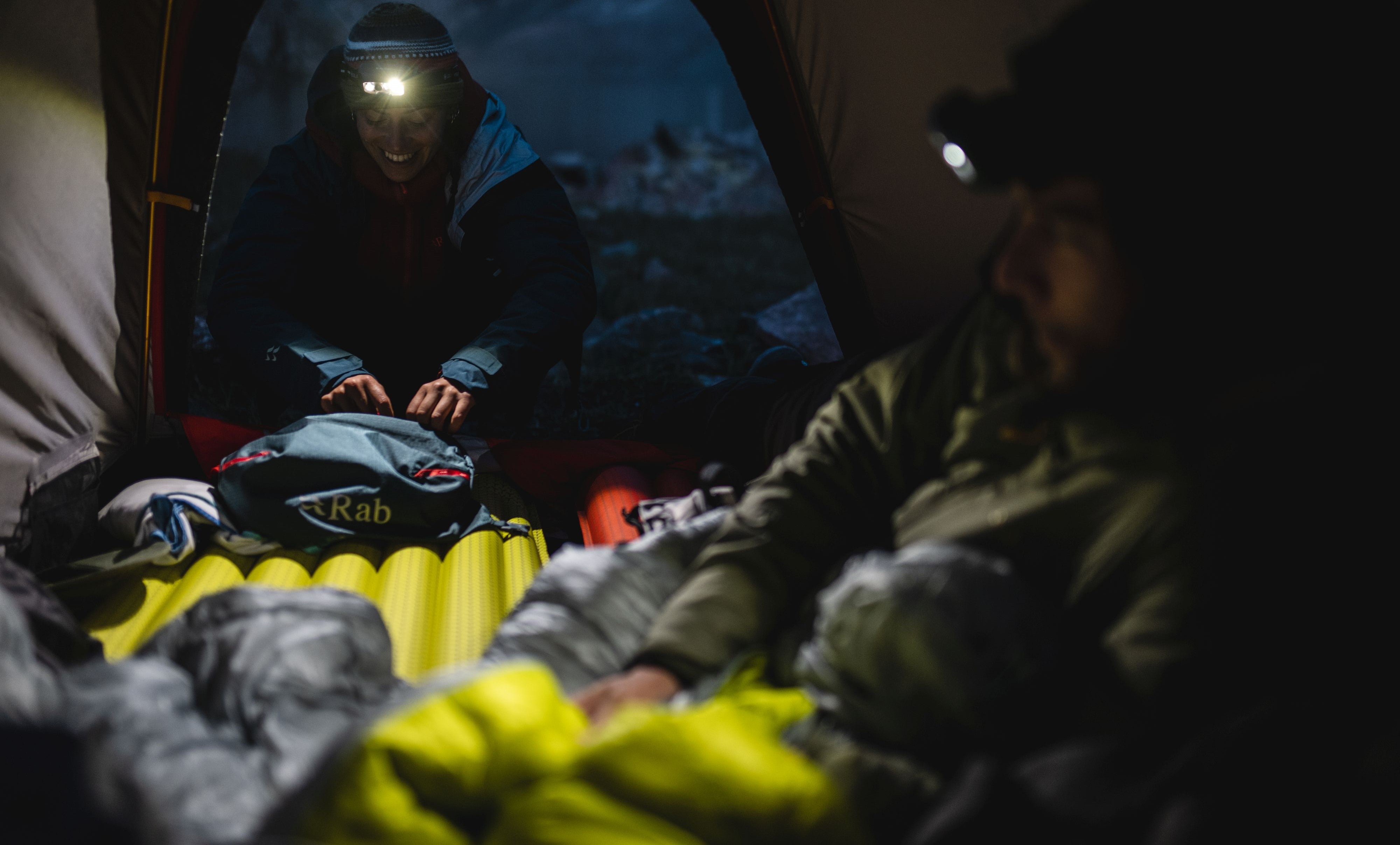
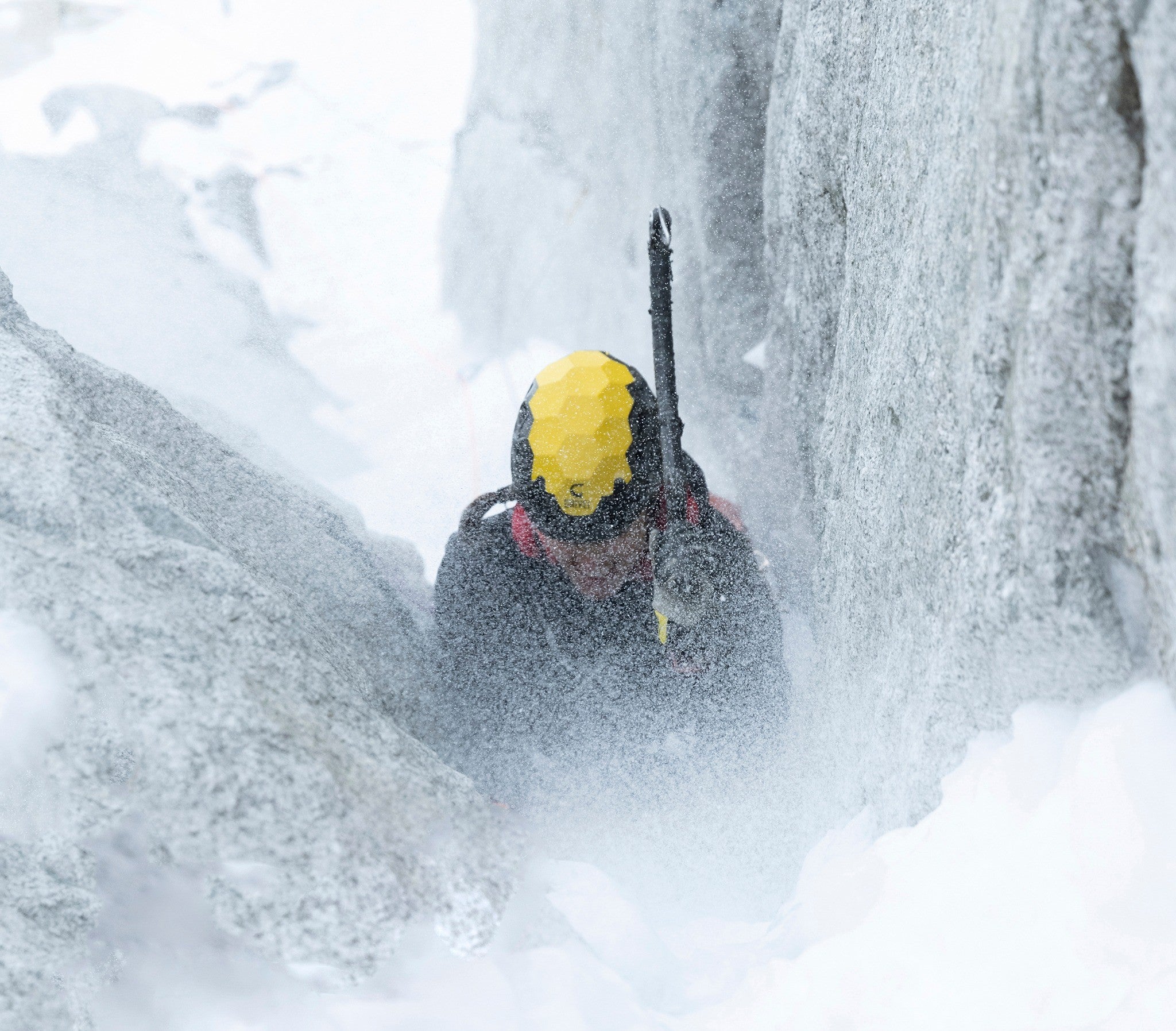
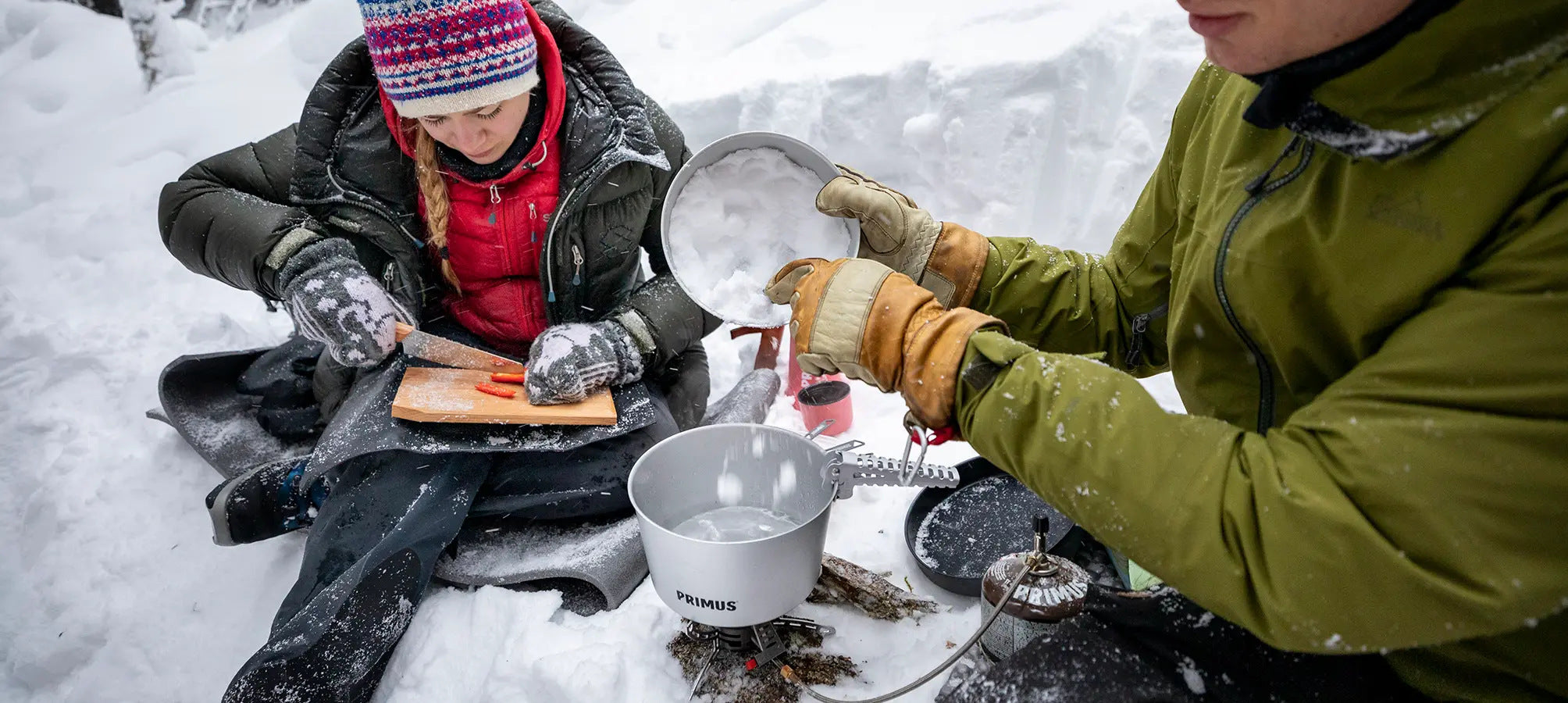

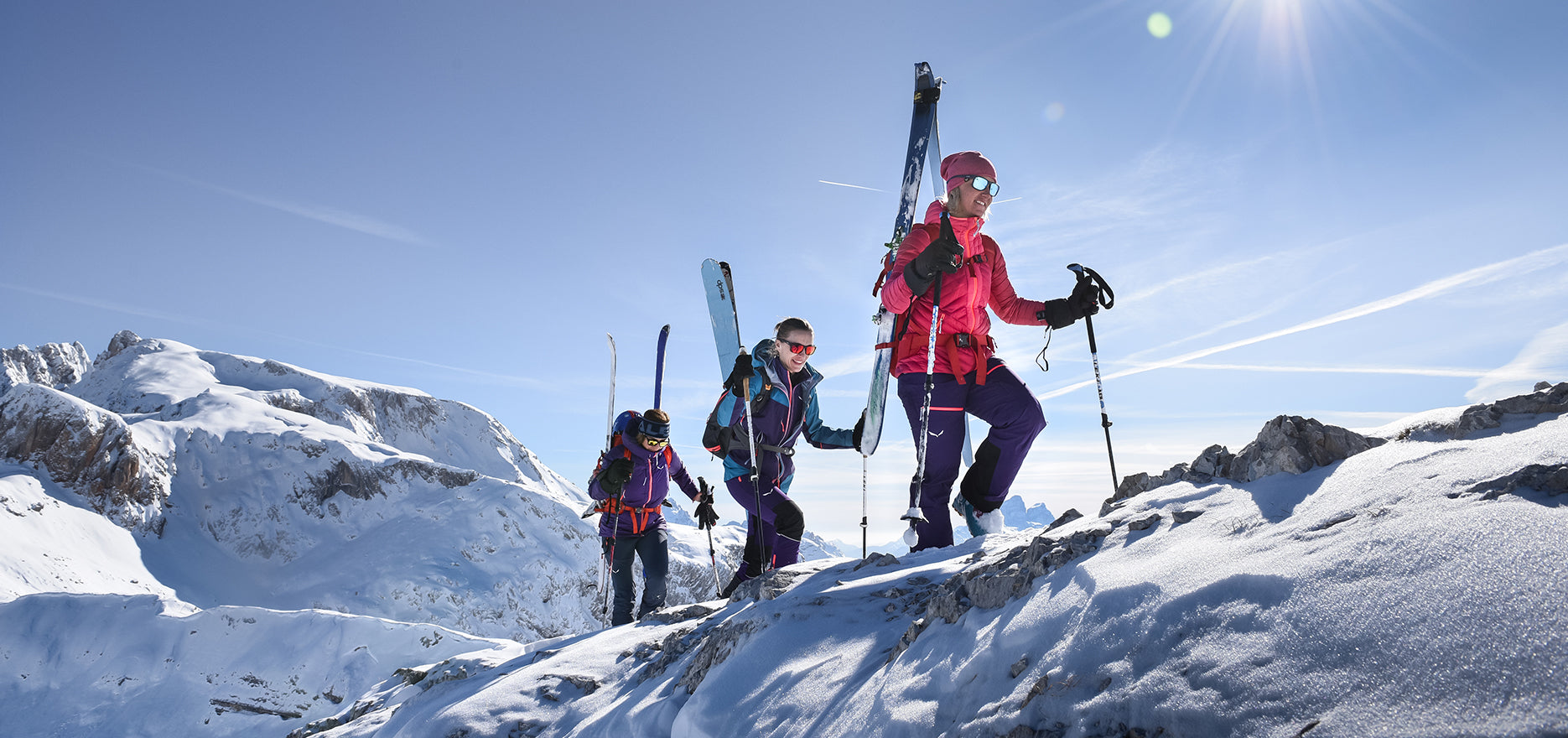
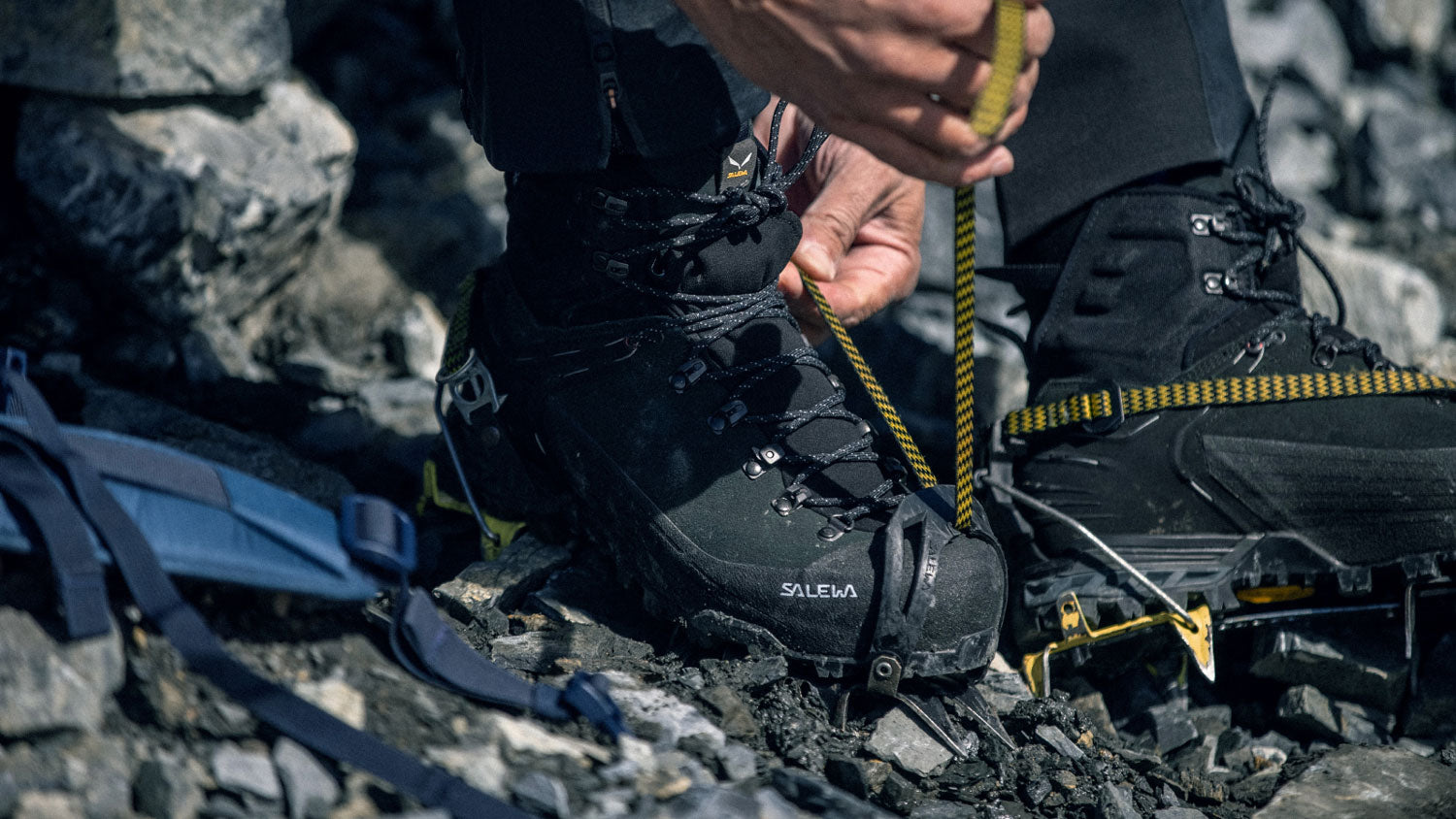
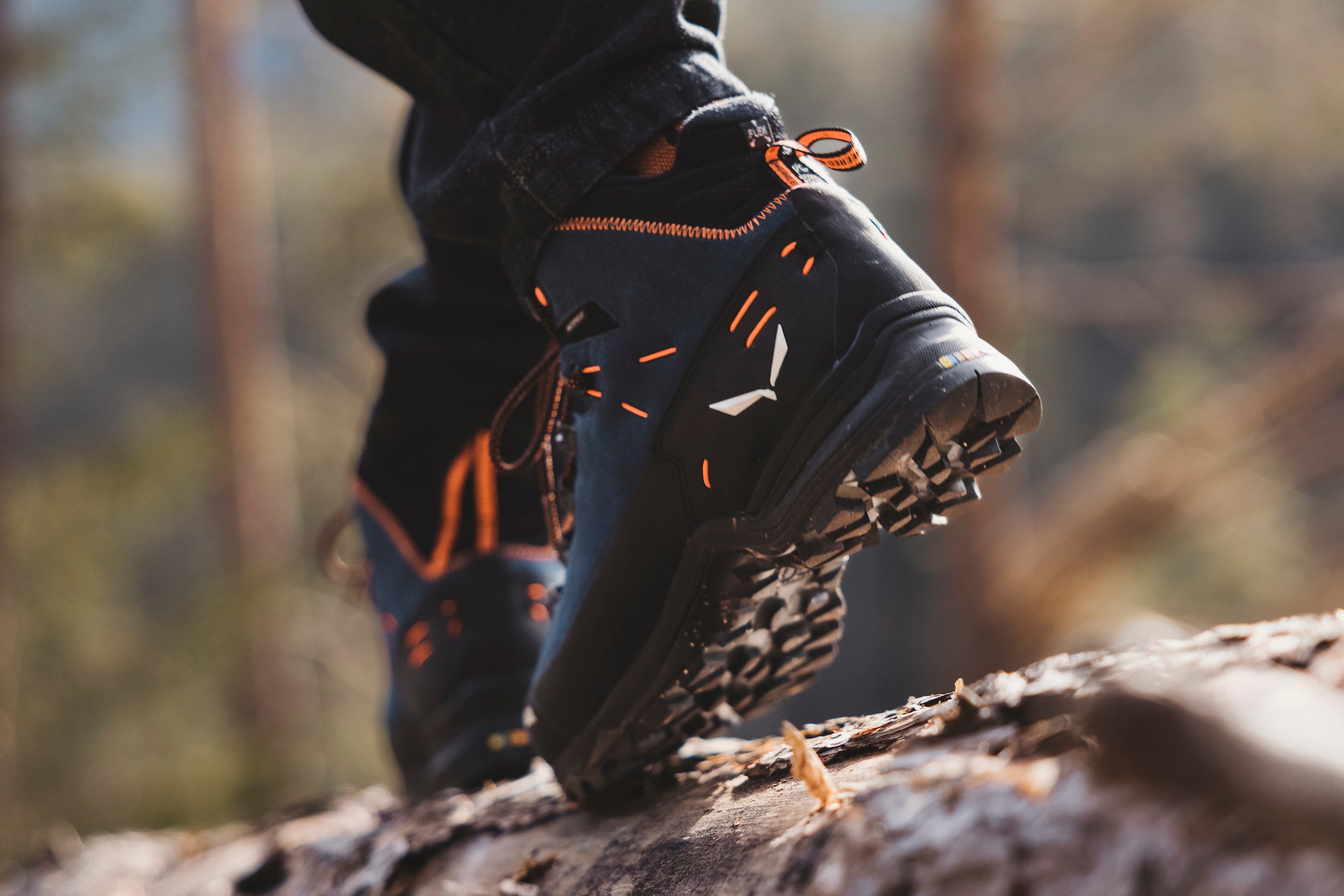
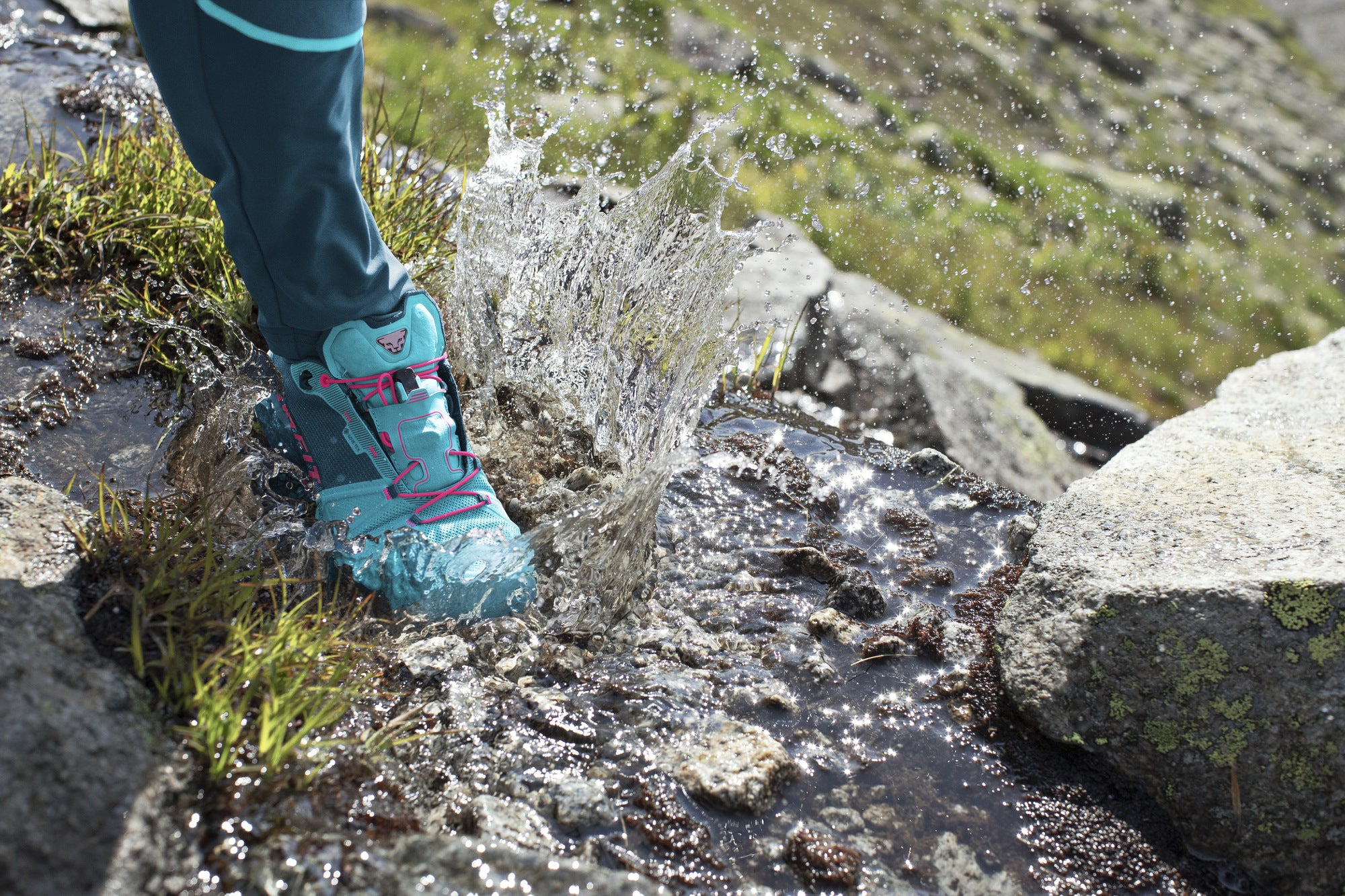
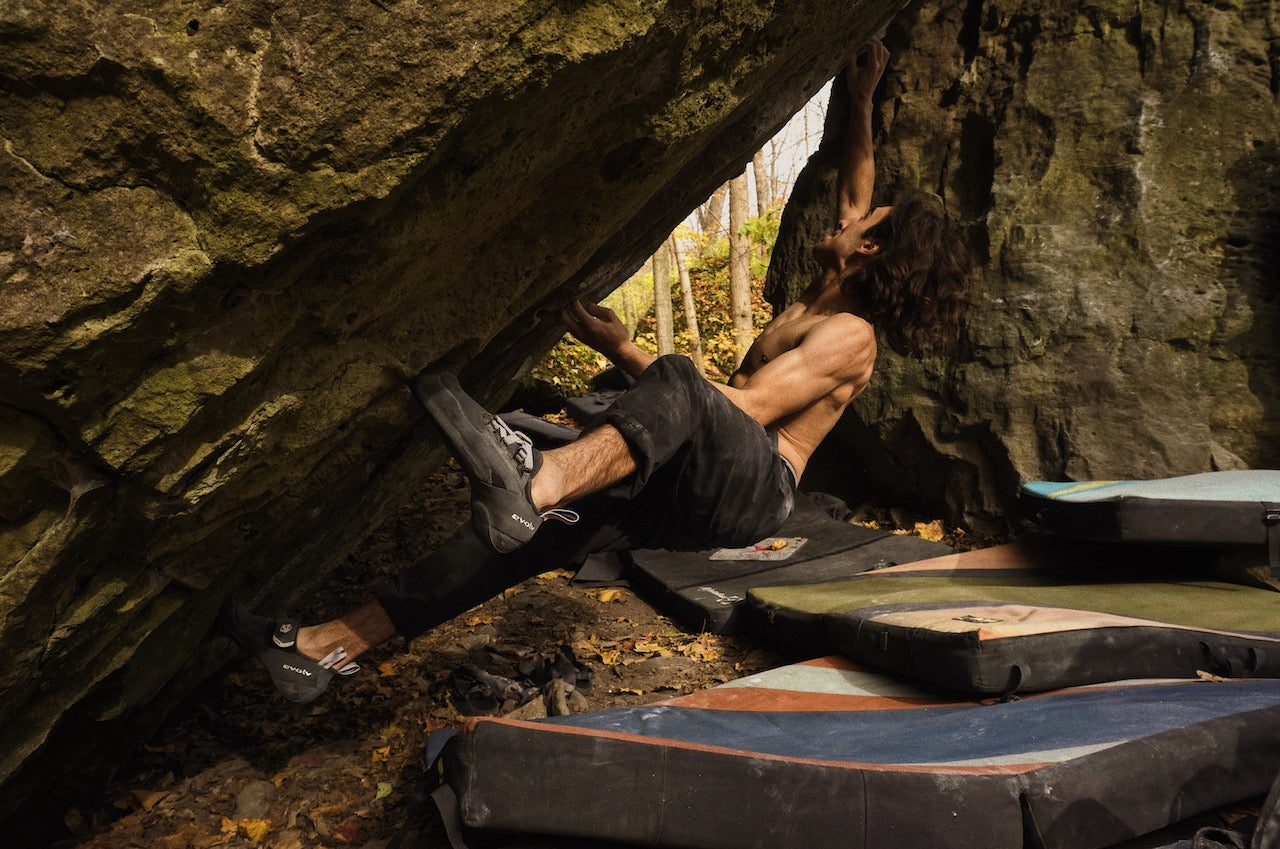

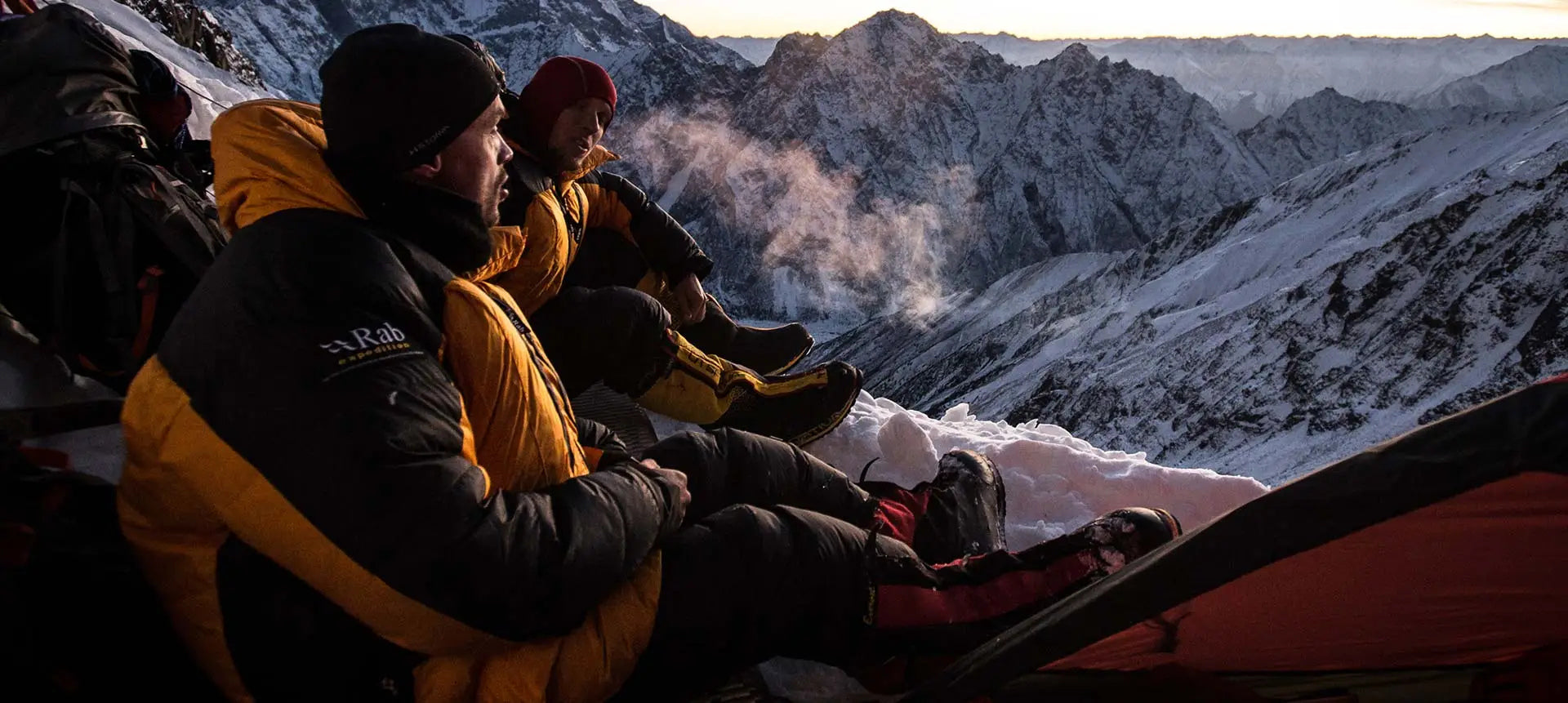
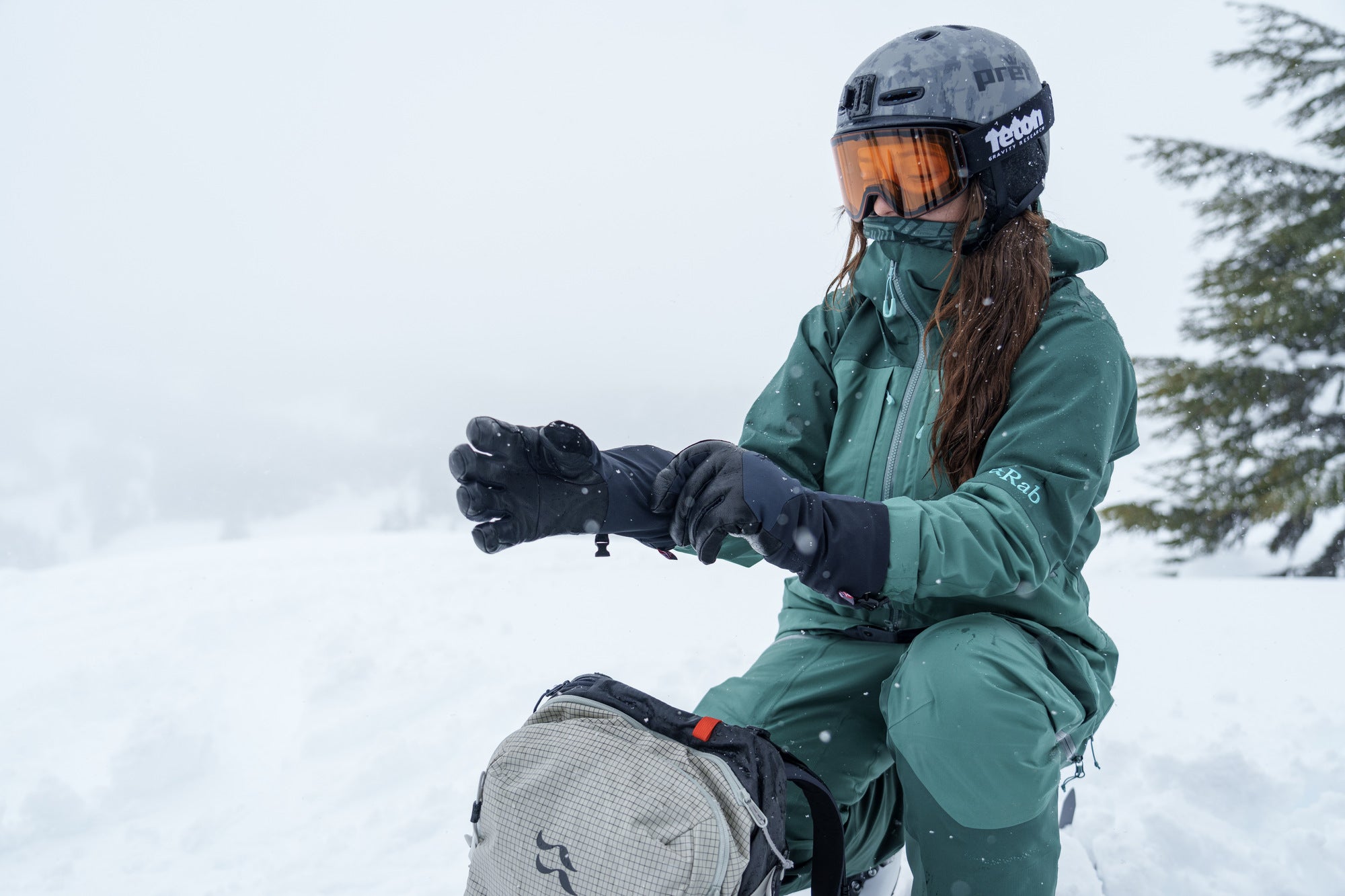
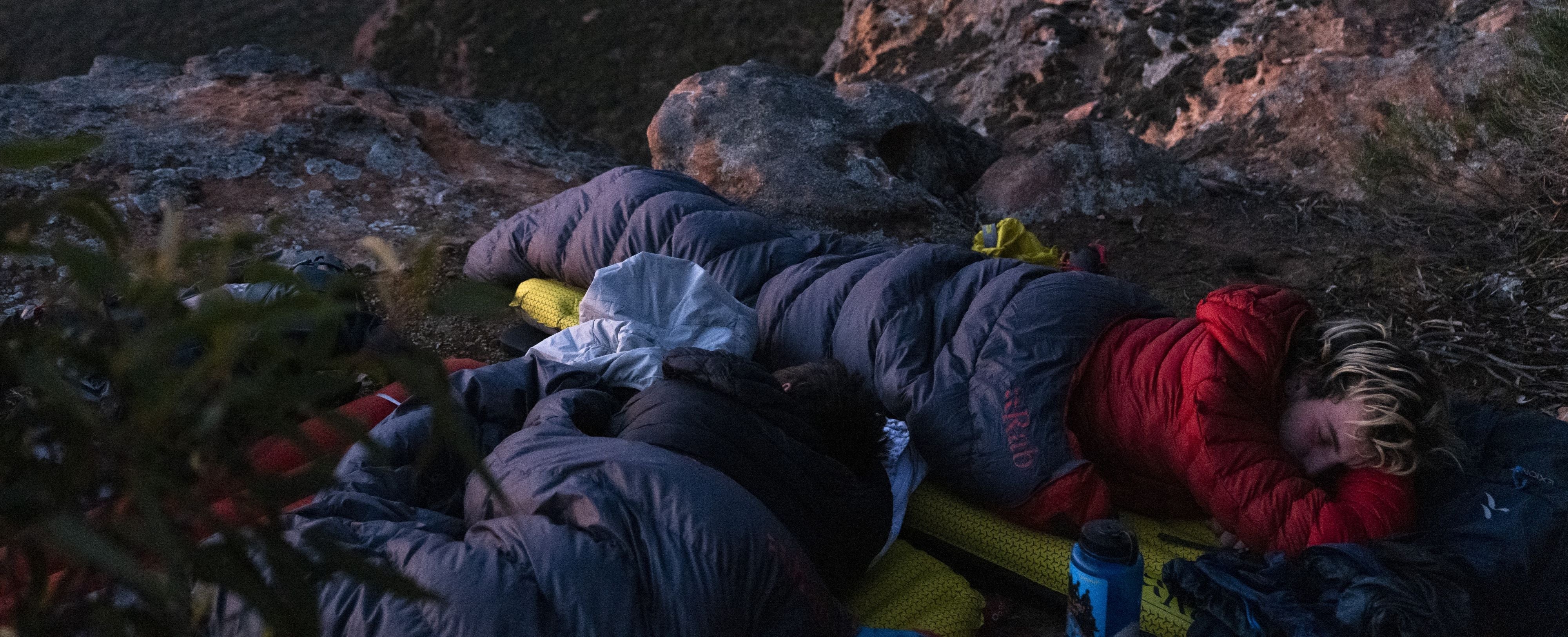
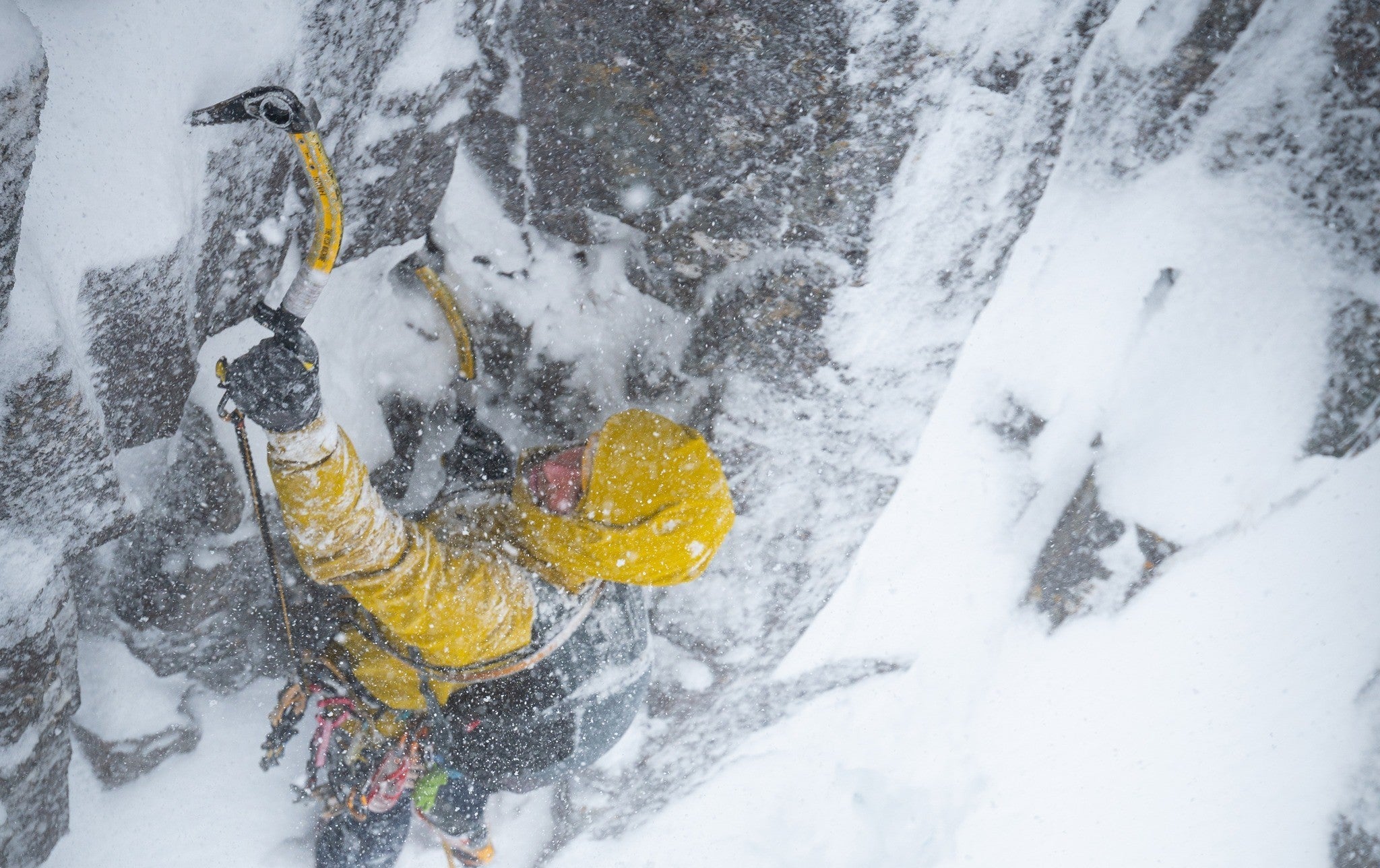
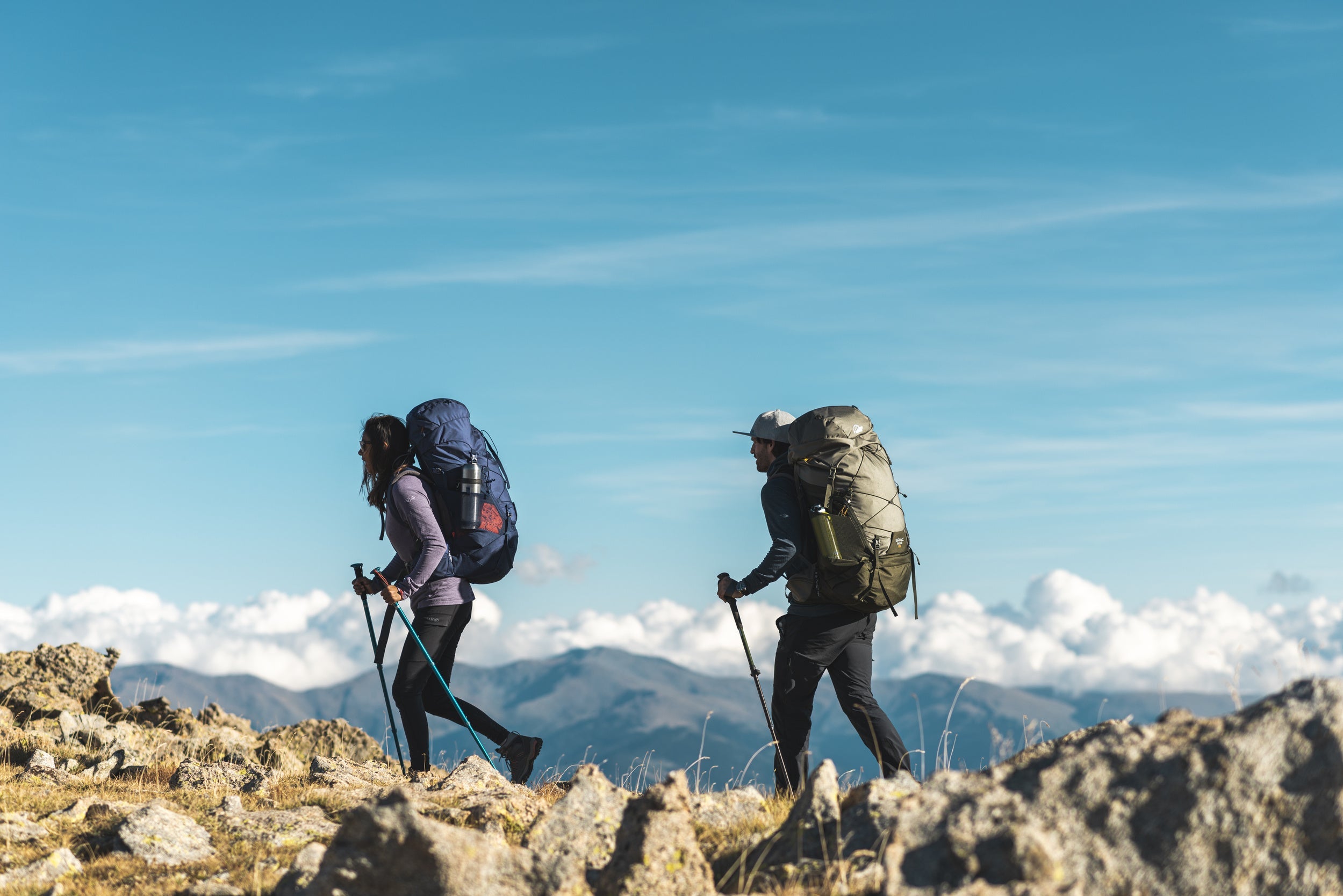



Leave a comment